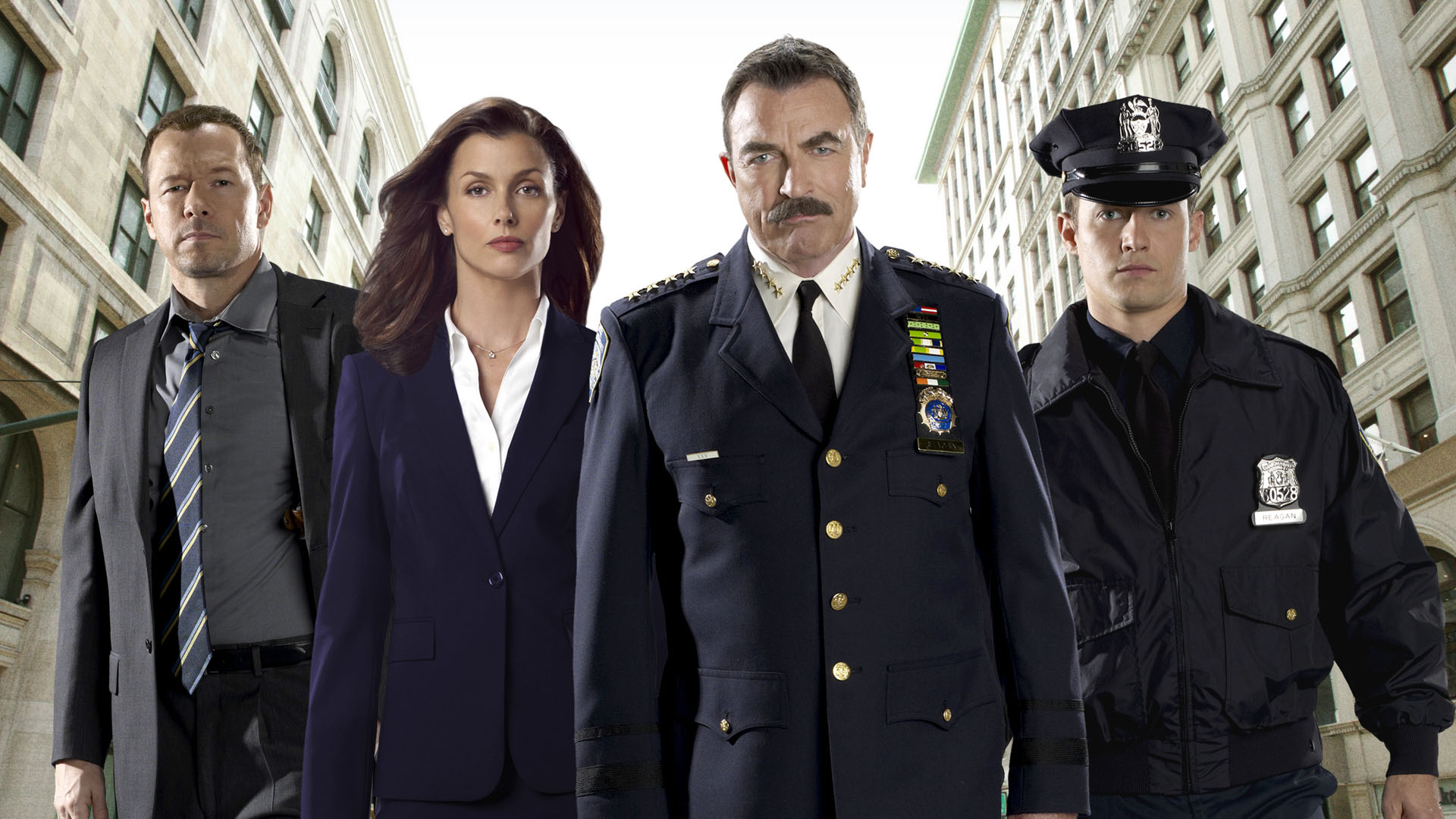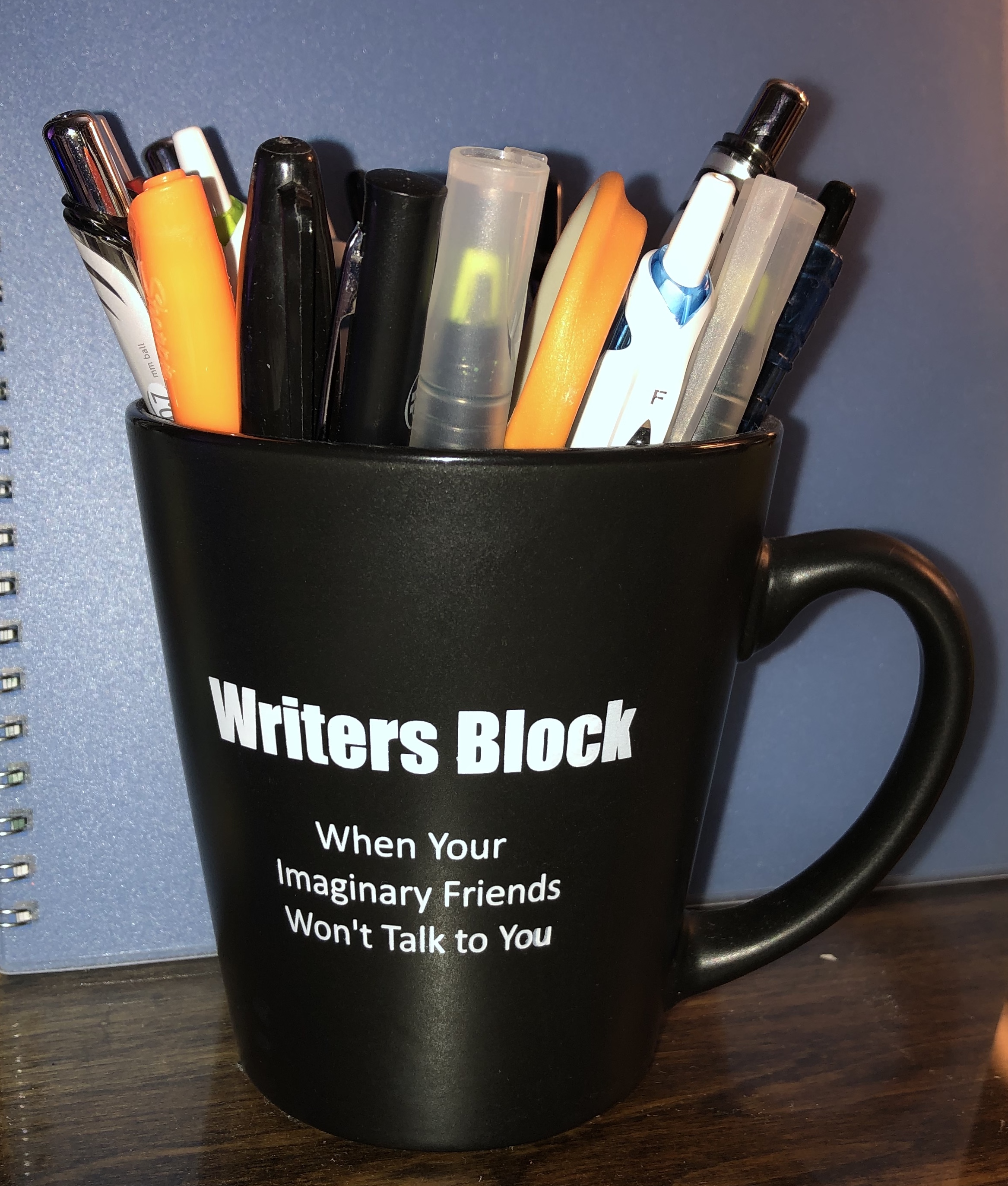This month's Round Robin Blog asks the question: How do you develop secondary characters? Do you have a favorite secondary character?
J ohn Donne put it best – No man is an island, therefore, I do my best to develop my secondary characters with the same care and detail as I do my protagonist, hero or heroine. Let’s face it, without these foils our main characters wouldn’t be nearly as compelling. Secondary characters can add humor, color and diversity and they bring out the best or the worst in our main characters. We learn a lot about our main characters from the way they interact with those around them, in the dialog and the way they treat others. Unless your guy or gal is Jack Reacher, you need these secondary folk to give your main character a life and a world to live in.
ohn Donne put it best – No man is an island, therefore, I do my best to develop my secondary characters with the same care and detail as I do my protagonist, hero or heroine. Let’s face it, without these foils our main characters wouldn’t be nearly as compelling. Secondary characters can add humor, color and diversity and they bring out the best or the worst in our main characters. We learn a lot about our main characters from the way they interact with those around them, in the dialog and the way they treat others. Unless your guy or gal is Jack Reacher, you need these secondary folk to give your main character a life and a world to live in.
Consider Barnie Fife, Aunt Bea or Opie in Mayberry RFD. I don’t think we’ve ever seen where Fife lives, but the importance of his character is the contrast between him and Sheriff, Andy Taylor. Aunt Bea and Opie show an entirely different side of Andy Taylor, as a family-man and father. They all add humor and highlight the good qualities in Mayberry’s sheriff as well as helping to set the scene in small town America. Whoever wrote these characters put a lot of thought and care into creating them and that made the show successful in its original run and timeless re-runs.
 In a more current television example, (I’m deliberately using examples from television because they are far more visible and more familiar than books of which there are millions.) take the police drama, Blue Bloods. The main character is the NYC Police Chief, Frank Reagan, played by Tom Selleck. What defines him on the job are his supporting staff, Det. Abigail Baker, Public Affairs man, Garrett Moore and Sid Gormley, “a cop’s cop” who advises him. We don’t’ know nearly as much about these three characters as we do Frank Reagan, but without them the character of Frank as a leader in charge of a massive police department with all the political trappings that involves would be seriously lacking. Then there is Frank Reagan’s family which defines him in so many other ways: as a father who has already lost a son on the job, a man with two more sons who are also cops and a daughter who is often an adversary in the district attorney’s office. If the characters of Erin, Jamie and Danny weren’t carefully drawn they would not have the impact they do, nor would Frank’s character be as diverse, sympathetic or compelling. All these secondary characters are critical in making this a highly successful character-driven drama set against the background of life as a New York City Police family.
In a more current television example, (I’m deliberately using examples from television because they are far more visible and more familiar than books of which there are millions.) take the police drama, Blue Bloods. The main character is the NYC Police Chief, Frank Reagan, played by Tom Selleck. What defines him on the job are his supporting staff, Det. Abigail Baker, Public Affairs man, Garrett Moore and Sid Gormley, “a cop’s cop” who advises him. We don’t’ know nearly as much about these three characters as we do Frank Reagan, but without them the character of Frank as a leader in charge of a massive police department with all the political trappings that involves would be seriously lacking. Then there is Frank Reagan’s family which defines him in so many other ways: as a father who has already lost a son on the job, a man with two more sons who are also cops and a daughter who is often an adversary in the district attorney’s office. If the characters of Erin, Jamie and Danny weren’t carefully drawn they would not have the impact they do, nor would Frank’s character be as diverse, sympathetic or compelling. All these secondary characters are critical in making this a highly successful character-driven drama set against the background of life as a New York City Police family.
 I don’t expect my secondary characters to ever achieve the notoriety of Danny Reagan or Barney Fife, but I want them to be just as compelling, as human, understandable, sympathetic and inspiring and I want them to help make my main characters larger than life, which means I need to be just as diligent in creating them as I am in creating the heroines, heroes and protagonists of my stories. I use the same goal/motivation/conflict chart for all my secondary characters that I use for my main characters because if they don’t have goals, I have no idea what drives them to be who they are. They all have backstories because that’s what informs the motivation for those goals and I need to know what their conflicts are, why they might be in sync with or in direct opposition to my main protagonist. Sometimes I need to give a secondary character habits or traits that conflict with my main character and the reasons can be anything from making the main character more believable, more driven or more sympathetic. Or maybe I just want the contrast to highlight them: for instance, being from another geographical area and trying to fit in to the current scene. Then I might use dialect, or habits well known from that area and easy to show the contrast. Sometimes it might be certain behaviors I want to showcase. If I want my main character to come across as cool, calm and capable no matter how dire the circumstances, it helps to have a s
I don’t expect my secondary characters to ever achieve the notoriety of Danny Reagan or Barney Fife, but I want them to be just as compelling, as human, understandable, sympathetic and inspiring and I want them to help make my main characters larger than life, which means I need to be just as diligent in creating them as I am in creating the heroines, heroes and protagonists of my stories. I use the same goal/motivation/conflict chart for all my secondary characters that I use for my main characters because if they don’t have goals, I have no idea what drives them to be who they are. They all have backstories because that’s what informs the motivation for those goals and I need to know what their conflicts are, why they might be in sync with or in direct opposition to my main protagonist. Sometimes I need to give a secondary character habits or traits that conflict with my main character and the reasons can be anything from making the main character more believable, more driven or more sympathetic. Or maybe I just want the contrast to highlight them: for instance, being from another geographical area and trying to fit in to the current scene. Then I might use dialect, or habits well known from that area and easy to show the contrast. Sometimes it might be certain behaviors I want to showcase. If I want my main character to come across as cool, calm and capable no matter how dire the circumstances, it helps to have a s econdary character who exhibits the opposite, as does Barney Fife with Andy Taylor. If my main character is serious and intense, I might give him or her a sidekick with a quirky sense of humor who takes life far less seriously. I also have a list of interview questions I ask all my characters and the answers sometimes surprise me, but answering them helps me to know who they are, where they’re going, what they want, what they’re afraid of and ultimately what they are doing in my story. That interview includes questions like: How well do you get along with your siblings and why? What’s the darkest secret you don’t want others to know about you? Has anyone ever broken your heart? Or just, what’s your favorite music, color, food?
econdary character who exhibits the opposite, as does Barney Fife with Andy Taylor. If my main character is serious and intense, I might give him or her a sidekick with a quirky sense of humor who takes life far less seriously. I also have a list of interview questions I ask all my characters and the answers sometimes surprise me, but answering them helps me to know who they are, where they’re going, what they want, what they’re afraid of and ultimately what they are doing in my story. That interview includes questions like: How well do you get along with your siblings and why? What’s the darkest secret you don’t want others to know about you? Has anyone ever broken your heart? Or just, what’s your favorite music, color, food?
 Secondary characters sometimes morph as the story unfolds and the author realizes he or she needs to have a reason for their protagonist to act or think the way they do. Or maybe it’s not morphing so much as revealing more about them than originally known. But I’m open to this change. I have a mug filled with pens on my desk that states Writer’s Block is when my imaginary friends won’t talk to you. But if you listen as the story unfolds, they often tell you a whole lot more than you would guess. Sometimes they argue with you about who they are and what they want. Sometimes they refuse to bend to your will, and very often they propose surprising and very satisfying outcomes. But they only do this if you’ve taken the time to create them as three dimensional, feeling, thinking, characters with loves, desires, fears and hang-ups of their own.
Secondary characters sometimes morph as the story unfolds and the author realizes he or she needs to have a reason for their protagonist to act or think the way they do. Or maybe it’s not morphing so much as revealing more about them than originally known. But I’m open to this change. I have a mug filled with pens on my desk that states Writer’s Block is when my imaginary friends won’t talk to you. But if you listen as the story unfolds, they often tell you a whole lot more than you would guess. Sometimes they argue with you about who they are and what they want. Sometimes they refuse to bend to your will, and very often they propose surprising and very satisfying outcomes. But they only do this if you’ve taken the time to create them as three dimensional, feeling, thinking, characters with loves, desires, fears and hang-ups of their own.
 Of course, I have my favorites. How could I not if I’ve created living, breathing characters that waken interest and sympathy, first in me, and then hopefully in my readers? My current work in progress is a mystery and my main character is a female deputy detective. To bring Jesse Quinn to life, I’ve created family, a partner, a boss and friends. Then I decided she needed a love interest, even though she doesn’t think she needs a man in her life. I am particularly fond of this man I created for her and I’m looking forward to finding out more about Seth as the series unfolds. In book 5 of my contemporary romance series, a surprise character walked on-stage about two thirds of the way through. I realized immediately I needed him in the story and right away he began to make his personality felt. Lucas Trevlyn nearly wrote himself, and as the book was completed, I felt this compelling need to write his story. One day I’m sure I will because he’s still there in my heart and mind even though I’ve moved on to book 6 and a whole new mystery series as well.
Of course, I have my favorites. How could I not if I’ve created living, breathing characters that waken interest and sympathy, first in me, and then hopefully in my readers? My current work in progress is a mystery and my main character is a female deputy detective. To bring Jesse Quinn to life, I’ve created family, a partner, a boss and friends. Then I decided she needed a love interest, even though she doesn’t think she needs a man in her life. I am particularly fond of this man I created for her and I’m looking forward to finding out more about Seth as the series unfolds. In book 5 of my contemporary romance series, a surprise character walked on-stage about two thirds of the way through. I realized immediately I needed him in the story and right away he began to make his personality felt. Lucas Trevlyn nearly wrote himself, and as the book was completed, I felt this compelling need to write his story. One day I’m sure I will because he’s still there in my heart and mind even though I’ve moved on to book 6 and a whole new mystery series as well.
Hop on over to find out what these other authors do to create memorable secondary characters and who their favorites might be:
 Margaret Fieland
Margaret Fieland
Helena Fairfax
Dr. Bob Rich
Fiona McGier
Beverley Bateman
Connie Vines
Judith Copek
Rhobin L Courtright
Victoria Chatham